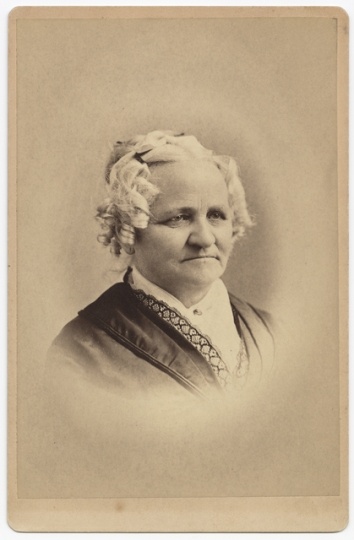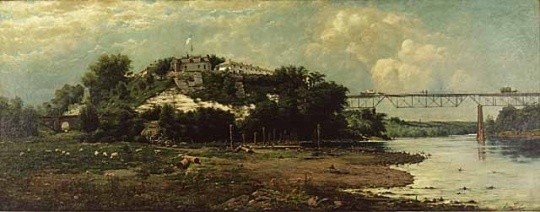Chronology
1819
Charlotte Ouisconsin Van Cleve is born on July 1 at Fort Crawford in Prairie Du Chien, Michigan Territory.
1823
On May 10, Charlotte sees the steamboat "Virginia" makes its way up the Mississippi toward Fort Snelling. It is the first steamboat to travel that far north.
1836
Charlotte marries Horatio Van Cleve on March 22 at Fort Winnebago.
1876
Charlotte helps to organize Bethany Home and becomes the organization's first president.
1876
Charlotte is voted in as the first woman member of the Minneapolis School Board.
1879
Bethany Home incorporates.
1884
Charlotte is named as an honorary vice president of the National Women's Suffrage Association.
1891
Horatio Van Cleve dies.
1907
Charlotte dies on April 1 in her Minneapolis home.
1938
The Charlotte Van Cleve Good Citizens Club is organized in February.







